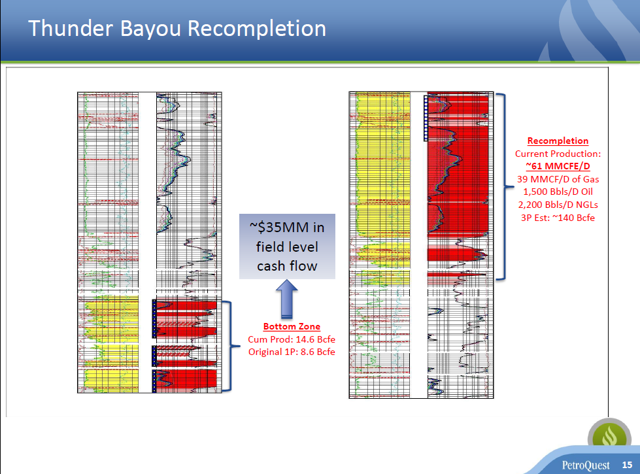


Why so soon? A major challenge bedeviling drillers is the high variability within shale. In virtually all of them, except the Marcellus (in Pennsylvania and West Virginia), studies such as one from the Post Carbon Institute show that production rates have plateaued or are in decline. It turns out there are only a few geological formations in the US from which shale gas is being produced. Yet as actual production numbers accumulate, it appears that claims made for fracking were simply too good to be true. To most, the news at first sounded hopeful and reassuring.

Meanwhile the Colorado city of Longmont has voted to ban fracking altogether, and the State of Colorado is suing the city in an attempt to overturn the ban.īut fracking has another problem that is even bigger than environmental and health problems or shifting public opinion, though less publicized: Its production potential seems to have been oversold.Įveryone who pays attention to energy issues has heard that America has a hundred years or more of natural gas thanks to the application of fracking to shale reservoirs, and that the US is on track to outproduce Saudi Arabia now that oil is flowing from fracked fields in North Dakota and Texas. New York State’s moratorium on fracking remains in effect, despite massive industry efforts to end it. Wayne County, Pa., activists are currently celebrating the cancellation of 1,500 drilling leases covering 100,000 acres of land. Meanwhile the Los Angeles Times has uncovered documents suggesting that the EPA has ignored evidence of environmental harms from fracking, choosing not to publicize or act on data collected by its own staff.

He points to studies revealing that compromised casings (and resulting instances of water contamination) are far more common than the industry claims. Allstadt, who spent his career running oil production operations and company mergers, now speaks on behalf of anti-fracking resistance groups. Former Mobil Oil vice president, Louis W. Meanwhile, citizens who have suffered ill health effects or property damage that they link to fracking were led to sign non-disclosure agreements in order to receive settlement payoffs (including two children ages 7 and 10 who have been given lifetime bans from speaking about fracking).īut the bad news just keeps leaking, like methane through a bad well casing. Industry-funded studies declared the practice safe, and the Environmental Protection Agency appeared to back them up. Drilling companies tended to target economically depressed regions, where poverty forced most townsfolk to take whatever short-term jobs and production royalties were offered. The image of a home-owner lighting his tap water on fire in Josh Fox’s documentary film “Gasland” has become a cliché still, for a while the natural gas industry successfully argued that adverse effects from fracking on water, air, soil, wildlife, livestock, and human health are negligible. Hundreds of anti-fracking citizen groups have formed, public sentiment seems to be turning, and communities have begun seeking bans or moratoriums on the practice.Ĭan a Democrat win over rural Ohio? Tim Ryan gives it a shot.Įnvironmental problems can’t be swept under the carpet any longer. Millions of Americans have personal experience with the noise, truck traffic, fumes, and local political turmoil that seem inevitably to follow in fracking’s wake. In the process, water, sand, and various chemicals are injected into shale rock at high pressure to open fractures in the rock and release gas or oil.Ī few years ago, fracking for shale gas or tight oil was still novel and confined to small regions, but now tens of thousands of wells have been drilled. There are several reasons why.įracking, or hydraulic fracturing, is a method of extracting natural gas and oil from low-permeability (usually shale) rock formations that don’t yield to conventional technologies. Though the fracking revolution is only a few years old, it’s already losing steam. The data do not adequately support these claims. Now the “conversation” has become a harangue about the energy, jobs, and tax revenues the industry insists will flow from fracking and how these outweigh environmental concerns. Until recently, it was about how the United States should reduce its dependency on climate-changing fossil fuels. What has really changed is the nation’s energy conversation.
#FRACKED GAS PRICE TRENDS FREE#
Americans are being subjected to a massive public relations assault attempting to persuade them that “fracking” for natural gas and oil is the key to America’s energy future and that this change will free them forever from the bondage of oil imports.


 0 kommentar(er)
0 kommentar(er)
